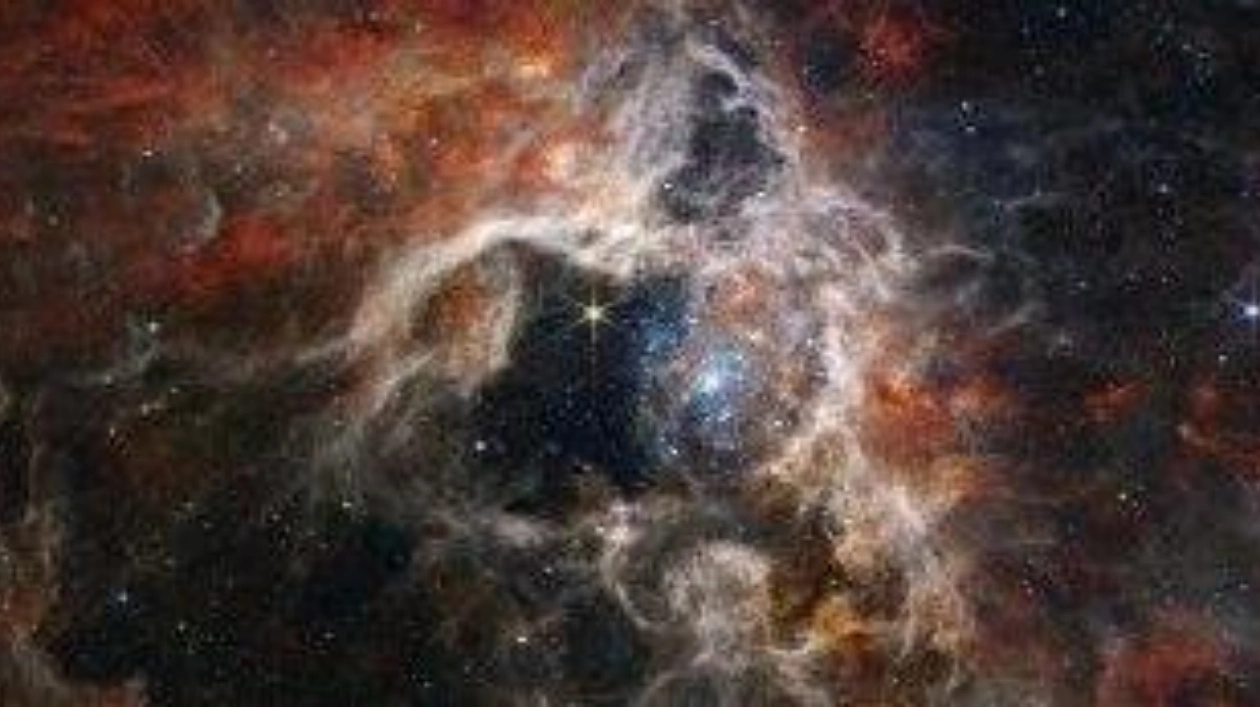Numerous runaway stars were observed escaping from a dense star cluster within a satellite galaxy of the Milky Way. The high-speed exodus of these stars suggests that such runaways may have played a more significant role in cosmic evolution than previously believed, according to astronomers who published their findings on October 9 in Nature.
Massive stars typically form in young clusters, where their close proximity can lead to physical interactions. Occasionally, encounters between massive stars or neighboring supernova explosions can propel a star out of the cluster, allowing it to venture into the broader galaxy and beyond.
Astronomer Mitchel Stoop and his team sought runaway stars around a prominent cluster of massive stars known as Radcliffe 136, utilizing data from the Gaia spacecraft on the speeds and positions of billions of stars. R136 is situated approximately 170,000 light-years from Earth in the Large Magellanic Cloud, a dwarf galaxy orbiting the Milky Way.
Previous research had identified a few stars fleeing the cluster, but Stoop's broader search revealed an astonishing 55 stars had escaped at speeds exceeding roughly 100,000 kilometers per hour over the past 3 million years. This observation indicates that up to a third of the brightest, most massive stars born in the cluster may have left their birthplace.
These runaway stars, which are five to 140 times the mass of the sun, emit ultraviolet radiation and supersonic stellar winds that shape the gas and dust around them. Upon their demise, these heavyweight stars explode as supernovas, dispersing heavy elements throughout the galaxy. Stoop suggests that if each cluster loses about a third of its stars, they could significantly contribute to the intergalactic medium by depositing ultraviolet photons.
The timing of the stars' escape from R136 also presents intriguing insights. Most of the runaways departed about 1.8 million years ago, likely due to interactions with other massive stars. However, 16 stars left more recently, around 200,000 years ago, all heading in the same direction, possibly triggered by a merger with another cluster.
This double ejection event in R136 might be unique, making it challenging to generalize the impact of runaway stars on other clusters. Further research is needed to determine if similar phenomena occur elsewhere.






